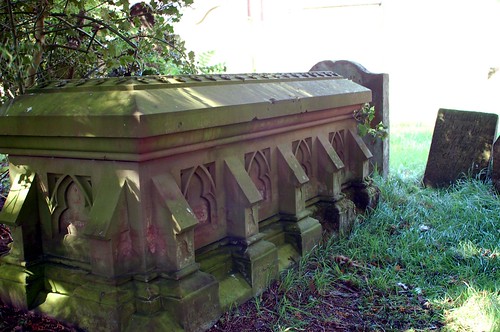His family had farmed around Lanercost and Maryholme since at least 1684 when the register books at the Parish started but his father, being a younger son, was forced to seek work over in Newcastle and it was here that his second son, Thomas, was born.
He attended infants school at Killingworth where one of his classmates would have been Robert Stephenson of railway fame. Subsequently he studied at the Royal Grammar school and then Edinburgh University medical school.
It was at Guy's hospital that he found his true vocation as a great practical physician. He joined Guy's as assistant physician and within 3 years was appointed lecturer in Materia Medica.
In 1849 he became president of the Royal Medical and Chirurgical Society and in his inaugural address described a previously unnoticed disease now known as pernicious anaemia. This marked beginning of the study of endocrinology.
His elder brother was living at Banks house and Addison was a frequent visitor to Lanercost. It was here that he met and married his wife in 1847.
His last visit to Lanercost was in September 1859 when, looking over the wooded banks of the river Irthing he said
" What can be more heavenly than this?"
However his health was deteriorating and he suffered from depression. On 29th June 1860 he passed away following a failed attempt at suicide.
His grave in the cemetery at Lanercost lies beneath two ancient yews and the epitaph is simple and says nothing about his medical discoveries and the people he taught and helped over the years.
The tombstone for Thomas Addison






